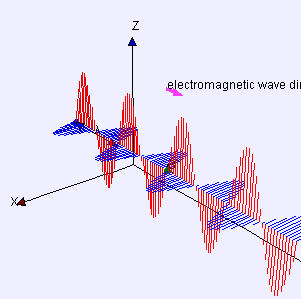 |
| Hostility does more than plastic surgery could ever undo. |
Hell if I know! But is seems a wildly popular thing to do these days, and who am I to not jump on any bandwagon that happens to be passing by. Since everybody is doing this anyway, I figure why not provide an easier way for people to have exactly what they want? Therefore, whatever your bizarre and disturbing personal reasons may be for needing to be offended at every hand, the following steps will help you get there.
Step 1. Always be on the lookout for an insult. Is anyone calling you a skin-wearing compost smeller? How about a grass-combing cake-sniffing gormless poltroon? Has anyone indirectly implied that you are a bag-waving chino-covered gaberlunzie or a zit-popping denim-feeler? Or a toenail-touching chicken taster? If not, then you should pay more attention.
Pro Tip: If you cannot induce anyone to insult you to your face, then you can always IMAGINE that they have done so. This is every bit as effective and saves a tremendous amount of time.
Step 2. Try to make sense of the insult. If you do not currently know what a pillock-mincing spanner or a carbuncle-covered poxydoxy or a wombat-licking cheese-voting galah is, then you might have to borrow somebody's internet to look it up. However, a precise definition is not absolutely necessary as long as you assume that whatever it means, it must be something very, very bad indeed.
Step 3. Whatever the insult is, e.g. hat-wearing puppy-spanker or a sniveling waste of parents, the most important step of all is to secretly (or openly) believe in its accuracy. Whether due to your susceptibility to other people's natural authority, your weak-minded suggestibility, or simply a deep-seated self-doubt: for the insult to have any effect whatsoever it must be believed. Conversely, if an insult IS having an effect on you, you can be certain that it is something that you DO unconsciously believe.
Once you have achieved Step 3 - a belief in the aptness of the insult to your personal situation - then your own self-hatred will be directed outward onto the person that you are pretending has given you the insult. This allows you to self-righteously justify your anger and accept no responsibility for your next actions, including loud and embarrassing public tantrums, weak and futile acts of revenge, or simply wasting the rest of your life sulking in obscurity.
Most people are still not aware that the insult required not only your permission but your active willing participation, and will feel unable to blame you for whatever comes afterwards. While your life will remain a failure, at least few people will blame you for it. Because that would be insulting.
For some lucky individuals, indignation, resentment and pique come as naturally as growing hair. They are gifted in that way, and unconsciously perform these three steps with intuitive style and flair. Most are not even aware that they are doing anything at all! But rest assured that they are following all of these steps, as anyone must who wishes to experience the regurgitating bitterness of hating themselves and others.
Be warned, however. If you are not careful to observe these rules, some insults will not cause you to feel the slightest tinge of discomfort. Without diligently following all three steps, even the grossest epithets might pass right through you without any effect whatsoever.















.JPG)
 .
. .
.



